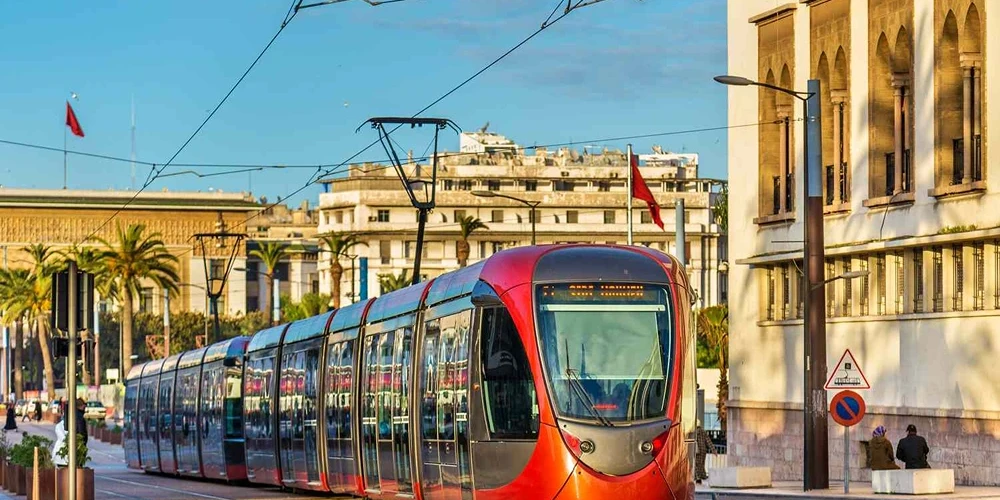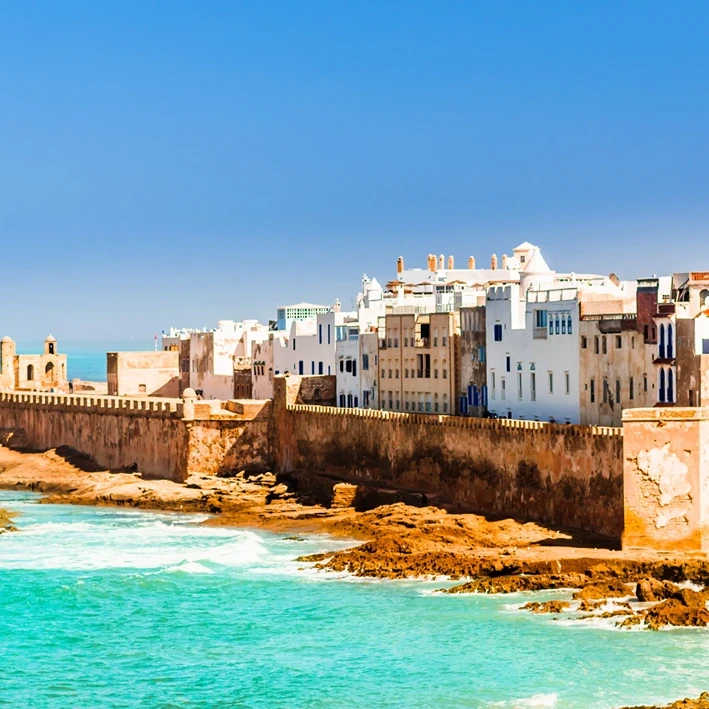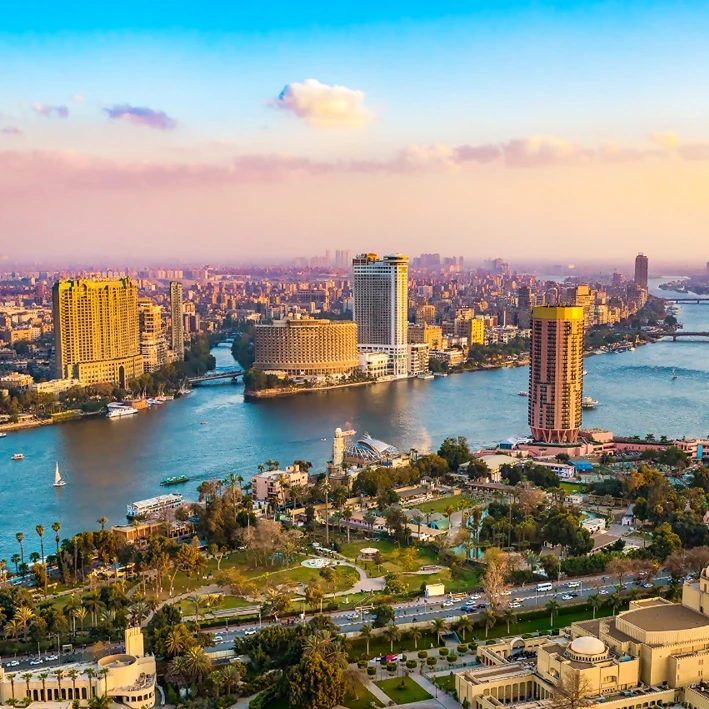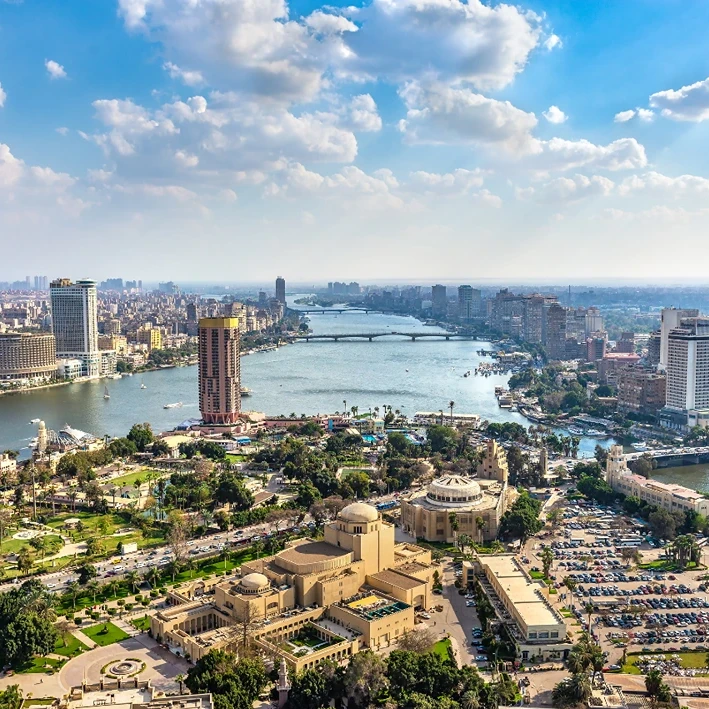Ever wondered how to navigate Morocco’s vibrant cities and sprawling landscapes? Travel in Morocco can be an adventure in itself, but understanding the transportation options can make all the difference. From efficient trains connecting major cities to the colorful “petit taxis” zipping through narrow streets, Morocco offers an array of choices to suit your itinerary and preferences. This guide will walk you through the best ways to get around in Morocco, ensuring you have a comfortable, safe, and budget-friendly journey. Ready to explore? Let’s dive in. Before you start your journey, it’s essential to know the best time to travel to Morocco. The climate can vary significantly across regions, influencing your travel plans. For instance, spring and autumn are generally considered the best times to visit, offering pleasant weather and fewer crowds. Understanding the seasonal variations can help you make the most of your trip.
Table of Contents
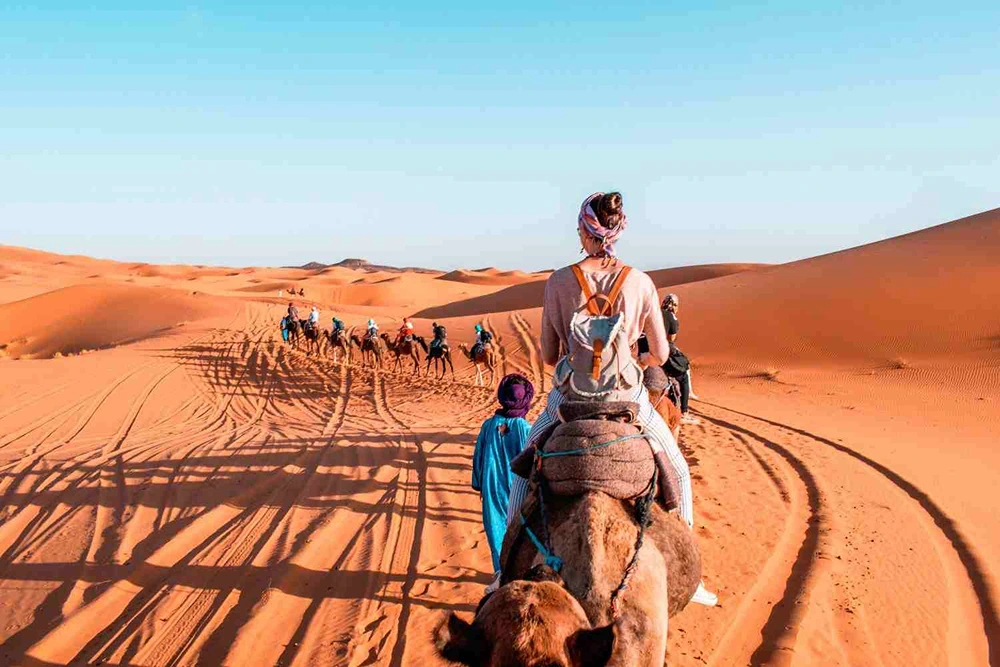
Overview of Transportation Options in Morocco
Morocco’s transportation system is well-connected and caters to various preferences and itineraries, making travel within the country straightforward and efficient. Whether you’re exploring bustling cities or remote rural areas, there’s a transportation option to suit your needs.
Travelers can choose from several modes of transportation in Morocco, both public and private. Public options include trains operated by ONCF, which connect major cities like Casablanca, Rabat, Fes, and Marrakesh. Buses, operated by companies such as CTM and SupraTours, offer extensive routes and reliable services. Taxis are another common mode of transport, with “petit taxis” available for city travel and “grand taxis” for intercity journeys. For those who prefer more flexibility, car rentals are readily available at airports and through private companies. Additionally, domestic flights provide a quick way to cover longer distances between key destinations.
Selecting the right mode of transportation should align with your travel itinerary and personal preferences. For instance, trains and buses are ideal for those on a budget or looking for a relaxed journey, while car rentals offer the freedom to explore off-the-beaten-path locations. Understanding the different options and their benefits can help ensure a comfortable and efficient travel experience in Morocco. Before you embark on your journey, it’s also important to be aware of the visa requirements for Morocco. Depending on your nationality, you may need to apply for a visa in advance. Ensuring you have the correct documentation will help avoid any travel disruptions and allow you to focus on enjoying your trip.
- Trains
- Buses
- Taxis
- Car rentals
- Domestic flights
Public Transportation in Morocco
Morocco boasts an efficient train system operated by ONCF, connecting major cities such as Casablanca, Rabat, Fes, Meknes, and Marrakesh. Trains are a popular choice due to their reliability and comfort, making them suitable for both short and long-distance travel. The network is well-maintained, and services run frequently, ensuring travelers can easily plan their journeys.
CTM and SupraTours operate the primary bus services in Morocco, known for their reliability and comfort. These buses cover extensive routes across the country, providing a viable option for reaching destinations not accessible by train. Tickets can be conveniently purchased online or at bus stations. Some buses even offer Wi-Fi and extra legroom, enhancing the travel experience.
Standard buses, often found at souq bus stations, are the most affordable mode of transport. While they are budget-friendly, travelers should be aware of their less reliable schedules. These buses are ideal for those looking to save money, but it’s essential to have flexible travel plans due to potential delays or unpredictable timings.
Trams are another efficient public transportation option available in Casablanca and Rabat. These trams offer quick and reliable travel within city centers, making them perfect for navigating urban areas. The tram services are punctual and provide a convenient way to avoid traffic congestion.
- Train routes and connectivity
- Bus service reliability and comfort
- Standard bus affordability
- Tram services in major cities
| Transport Mode | Cities Covered |
|---|---|
| Trains | Casablanca, Rabat, Fes, Meknes, Marrakesh |
| CTM & SupraTours Buses | Nationwide |
| Standard Buses | Local and intercity routes |
| Trams | Casablanca, Rabat |
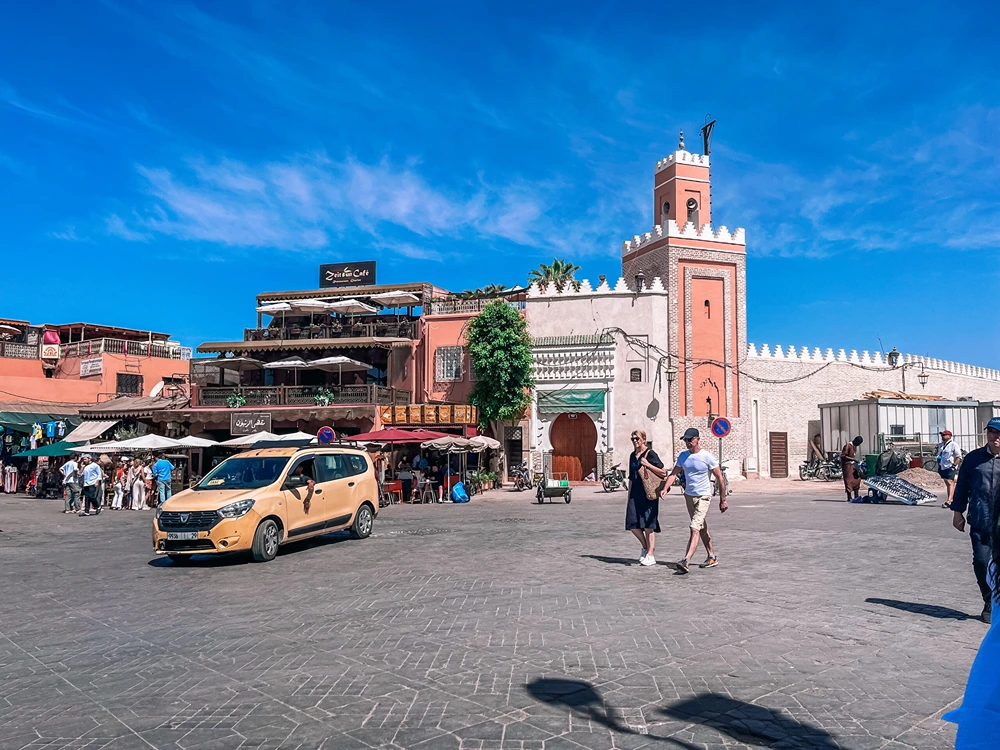
Taxis and Ride-Share Services in Morocco
Taxis and ride-share apps are prevalent in larger Moroccan cities, offering convenient transportation options for travelers. Popular ride-share apps like Careem, InDrive, and Heetch operate in cities such as Casablanca, Marrakech, and Rabat. Notably, Uber is not available in Morocco, so travelers should rely on these local alternatives for app-based ride services.
“Petit taxis” are small taxis primarily used for short-distance travel within city limits. These taxis are color-coded by city—for example, blue in Rabat, green in Fes, and yellow in Marrakech. Their fares are determined by a meter, making them a straightforward and affordable option for getting around town. Always ensure the meter is turned on to avoid disputes over pricing.
“Grand taxis” are larger vehicles used for intercity travel and can accommodate up to six passengers. Unlike petit taxis, grand taxis operate on fixed prices that are not negotiable. This makes them a reliable option for longer journeys between cities. For instance, a trip from Marrakech to Essaouira typically costs around 70 MAD per seat. Grand taxis are a practical choice for those looking to travel comfortably over longer distances without the unpredictability of fluctuating fares.
- Availability of Careem, InDrive, and Heetch
- Petit taxis: colors, meters, and usage
- Grand taxis: intercity travel and fixed prices
Renting Vehicles in Morocco
Renting a car in Morocco offers unmatched flexibility, especially for those interested in exploring small towns, countryside areas, and remote beaches. This mode of transportation is ideal for travelers who prefer setting their own schedules and venturing off the beaten path. Having a car allows you to visit places that are not easily accessible by public transport, providing a more intimate and comprehensive travel experience. For those looking to explore the country extensively, consider embarking on some of the best road trips in Morocco. These routes offer breathtaking landscapes, from the Atlas Mountains to the Sahara Desert, and allow you to experience the diverse beauty of Morocco at your own pace.
Car rentals are readily available at major airports and through various private companies across the country. The process is straightforward but requires some attention to detail. When renting a car, you will need to provide a valid driver’s license, passport, and a credit card for the deposit. It’s crucial to thoroughly inspect the vehicle for any pre-existing damage and ensure that all issues are documented before you drive away. This can help avoid any disputes upon returning the vehicle.
The cost of renting a car in Morocco is approximately $36 per day. However, travelers should also budget for additional expenses such as gas and tolls. Fuel prices are relatively affordable, but tolls on highways can add up, especially on longer journeys. Planning your route in advance and being aware of toll roads can help manage these extra costs. Additionally, understanding the money and costs for Morocco is crucial for budgeting your trip. From accommodation to dining and transportation, knowing the average expenses can help you plan a cost-effective journey. For example, while car rentals might seem expensive, they offer the flexibility to explore remote areas that public transport doesn’t reach.
When handling the documentation and deposits, always read the rental agreement carefully. Make sure you understand the terms and conditions, including insurance coverage and liability. A significant deposit is often required, which will be held on your credit card until the car is returned. Ensuring that the rental company has accurately documented the car’s condition at both the pickup and drop-off can safeguard against unexpected charges.
- Flexibility in travel
- Availability at airports and private companies
- Costs and additional expenses
- Documentation and deposit tips
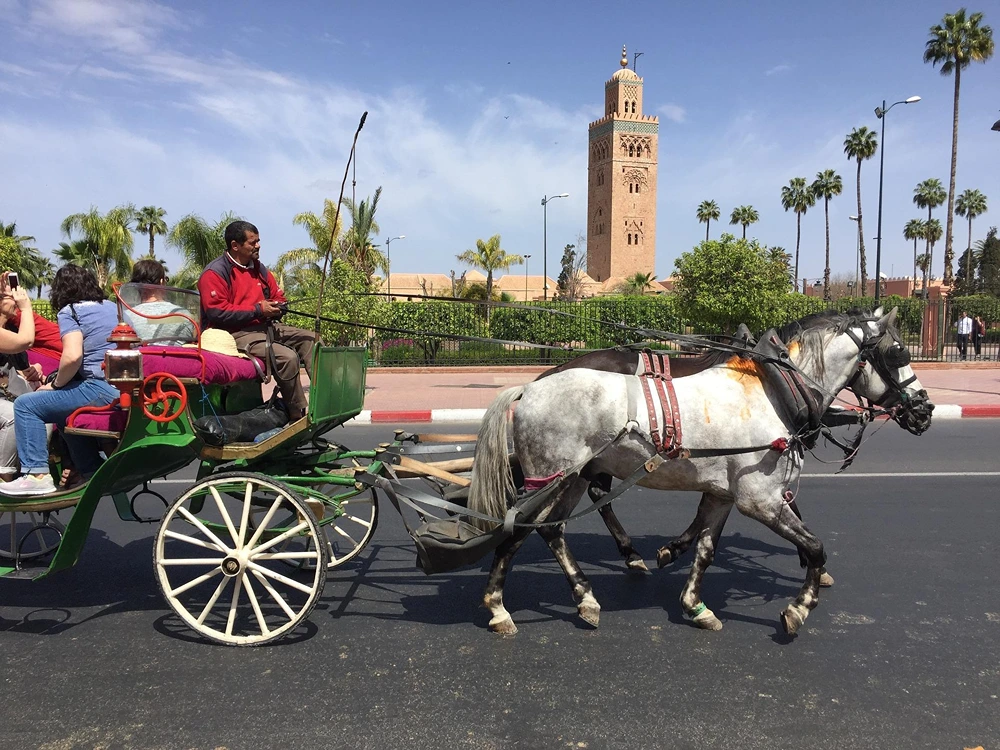
Tips for Traveling Safely in Morocco
Travelers in Morocco should be aware of the country’s imperfect road conditions and challenging landscapes, which can significantly extend travel times. Mountainous terrain, winding roads, and occasional roadworks can make driving more demanding than expected. It’s essential to plan for these delays when scheduling your trips and to drive cautiously, especially in rural areas where road conditions can be unpredictable.
When using taxis, always carry small change and make sure the meter is turned on to avoid any disputes over fares. “Petit taxis” are metered for city travel, and ensuring the meter is used will help prevent overcharging. If the driver refuses to use the meter, it’s best to find another taxi. For “grand taxis,” which operate on fixed prices for intercity travel, clarify the fare upfront to avoid misunderstandings.
- Road conditions and travel times
- Handling taxi fares and meters
- Exploring cities on foot
Getting Around in Major Moroccan Cities
Petit taxis are a ubiquitous mode of transportation in major Moroccan cities, each identifiable by its distinct color. For example, Rabat’s petit taxis are blue, Fes’s are green, and Marrakech’s are yellow. These small taxis are ideal for short trips within city limits. Always ensure the meter is turned on to avoid overcharging.
Car rentals and private cars offer greater flexibility but come with higher costs. Renting a car is particularly beneficial for those wishing to explore beyond city boundaries or travel at their own pace. However, it’s essential to factor in additional expenses like fuel and tolls.
Public transport in Moroccan cities includes buses and, in some cases, trams. Cities like Casablanca and Rabat have efficient tram systems that provide a reliable means of navigating urban areas. Buses are another viable option, offering extensive routes across cities. While trams are punctual and comfortable, buses can vary in reliability and comfort.
Walking remains one of the most practical ways to explore Moroccan cities, especially within the old medinas. As you navigate through these historical areas, you might want to check out some of the best places to visit in Morocco. From the bustling markets of Marrakech to the serene blue streets of Chefchaouen, each city offers unique attractions that are best experienced on foot. This approach not only saves money but also provides a deeper connection to the local culture. The narrow streets and historical architecture make walking not only a necessity but also a pleasure. Navigating on foot allows for a more intimate experience of the local culture and daily life.
- Petit taxi colors and usage
- Car rentals and private cars
- Public transport options
- Walking in old medinas
| City | Transport Options |
|---|---|
| Marrakech | Petit taxis (yellow), buses, walking |
| Casablanca | Petit taxis (red), trams, buses, walking |
| Fes | Petit taxis (green), buses, walking |
| Tangier | Petit taxis (blue), buses, walking |
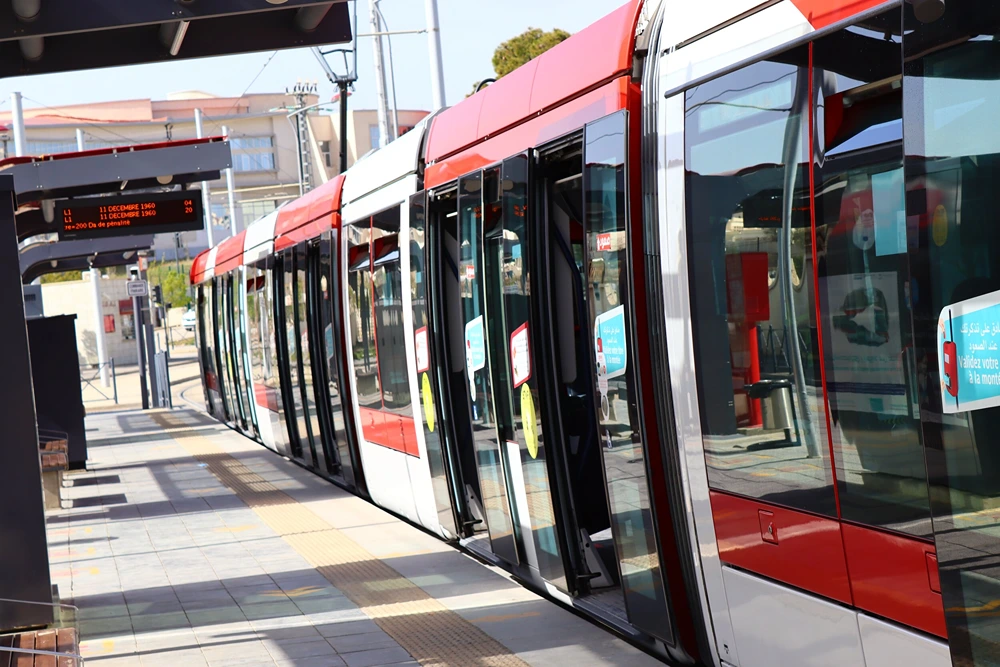
Final Words
Navigating Morocco offers a wealth of diverse transportation options. From efficient trains connecting major cities to affordable buses, the choices cater to various preferences and travel plans. The availability of taxis, ride-share services, and car rentals provides additional flexibility for getting around in Morocco. Public transport supports easy and convenient movement within urban centers while walking remains effective in exploring old medinas. Embracing these options ensures a comfortable and enriching travel experience in this vibrant country.
FAQ
- Trains
- Buses
- Taxis
- Car rentals
- Domestic flights
Hazel Wall is a passionate traveler, writer, and explorer dedicated to sharing her experiences and insights with fellow adventurers. With a background in journalism and a deep love for discovering new cultures, Hazel has journeyed across continents, immersing herself in diverse landscapes and traditions.


